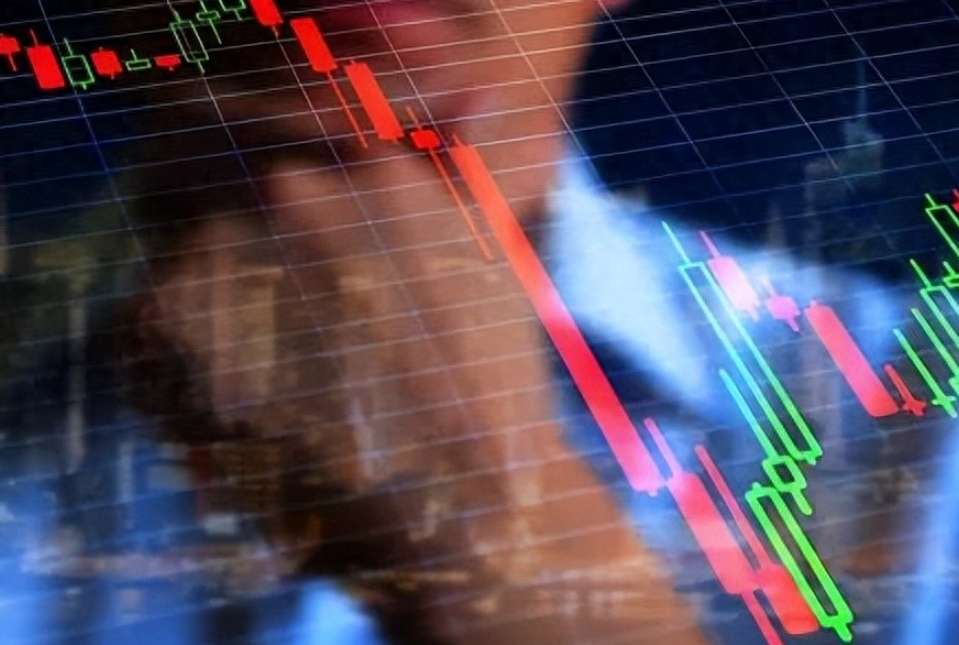Lithium Carbonate Futures Hit New Low
Advertisements
On November 30, the futures market for lithium carbonate experienced an unexpected downturn, coupled with an increase in open interest, leading to a new record low since its inception. In a broader regulatory response, the Guangzhou Futures Exchange (referred to as GFEX) announced revisions to the transaction fees for certain lithium carbonate futures contracts. Notably, beginning next week, trading on the main LC2401 contract will no longer be exempt from fees for closing out positions on the same day.
Recent trends have showcased a unidirectional movement in various commodity futures including iron ore and soda ash, prompting exchanges to enforce measures aimed at stabilizing key products. Experts in the field highlight that these actions aim to curb excess speculation in certain futures contracts, urging investors to adopt a more rational approach while remaining vigilant about associated risks.
GFEX has raised transaction fees for the main lithium carbonate futures contract.
According to the latest announcement from GFEX, starting from trading sessions on December 4, 2023, the transaction fee for day trading of the lithium carbonate futures LC2401 contract will be adjusted to 0.08% of the transaction amount.
It is also noteworthy that, on November 24, GFEX announced the implementation of trading limits on lithium carbonate futures, effective from November 28, 2023. For non-futures company members or customers, the daily opening position limit across all contracts for lithium carbonate is capped at 10,000 lots.
"In November, China's financial regulatory measures have been progressively strengthened. The GFEX has not only imposed tighter limits on daily opening positions but also increased transaction fees for same-day closures to mitigate excessive speculation in certain commodities. There has been notable speculation activity surrounding lithium carbonate futures, particularly as main contract positions exhibited high transaction to holding ratios during its downward trend. This excessive speculative behavior has prompted regulatory interventions to ensure more rigorous risk monitoring as we approach the end of the year, urging investors to prioritize financial safeguards," stated an industry expert.
The price of lithium carbonate futures has reached new lows.
Since its launch in July of this year, the price of lithium carbonate futures has experienced significant volatility, culminating in a record low of 106,200 yuan per ton for the main contract LC2401 on Thursday.

Gu Fengda, the head of the research and consulting department at Guoxin Futures, pointed out that key metals in the new energy sector, represented by nickel and lithium, have been leading declines among commodities since November. This decline is largely influenced by the vulnerability of raw materials essential for new energy to fluctuations in the global economic outlook, geopolitical dynamics, and changes in industrial policies. With a year-on-year decrease in growth rate for domestic and international new energy processing and terminal sectors, and intensified industry competition, the supply-demand structure for lithium carbonate has rapidly shifted from a tight balance in 2022 to an excess at all levels of the global lithium supply chain in 2023.
"The significant drop of over 30% in lithium carbonate futures prices throughout November has pushed them close to the low point for the year. This now places many lithium salt producers below their dynamic cost lines. Reports of mass sell-offs by lithium carbonate manufacturers under the Salt Lake Industry Group have rekindled interest from sellers, thereby igniting further bearish speculation in the futures market," Gu Fengda added.
He believes that amid expectations of comprehensive oversupply in the lithium carbonate spot market, the persistent downward trend in the futures market largely reflects a consensus of pessimism among market participants. The LC2401 contract has witnessed considerable liquidation of long positions, while some previously established short positions may also realize gains near the 100,000 yuan mark. Attention should be given to whether the futures exhibit a gradual cooling and build a temporary support level following successive declines, drawing parallels to the recovery witnessed in nickel futures when they tightened their positions in late November.
Multiple exchanges are taking measures to control risks.
In addition to GFEX, other exchanges such as the Shanghai Futures Exchange, Zhengzhou Commodity Exchange, and Dalian Commodity Exchange have also implemented regulatory measures for some focal commodities.
On November 29, the Shanghai Futures Exchange announced trading limits on rebar, fuel oil, silver, hot-rolled coil, pulp, natural rubber, aluminum, and zinc futures, effective from December 1 (i.e., continuous trading from the evening of November 30). Concurrently, the Zhengzhou Commodity Exchange adjusted the margin requirements for the soda ash futures LC2401 contract, imposing a 15% margin starting from December 4, and increasing it to 20% from December 11.
Earlier in the month, on November 20, the Dalian Commodity Exchange announced trading limits for futures contracts including soybean meal, polyvinyl chloride, soybean oil, polypropylene, corn, and polyethylene effective from the night of November 21. On November 15, they had also instituted limits for iron ore contracts regarding their trading margins and maximum positions.